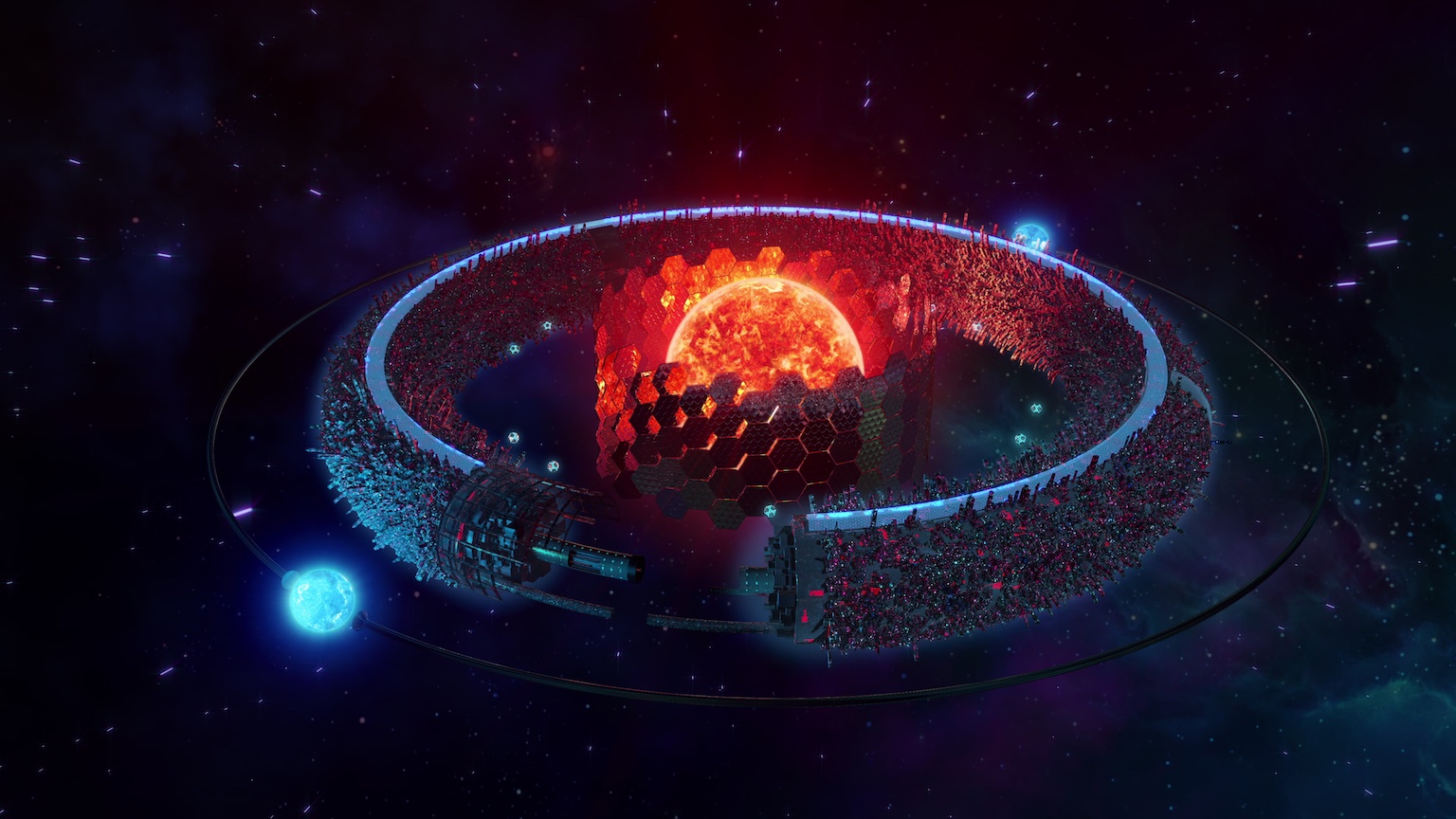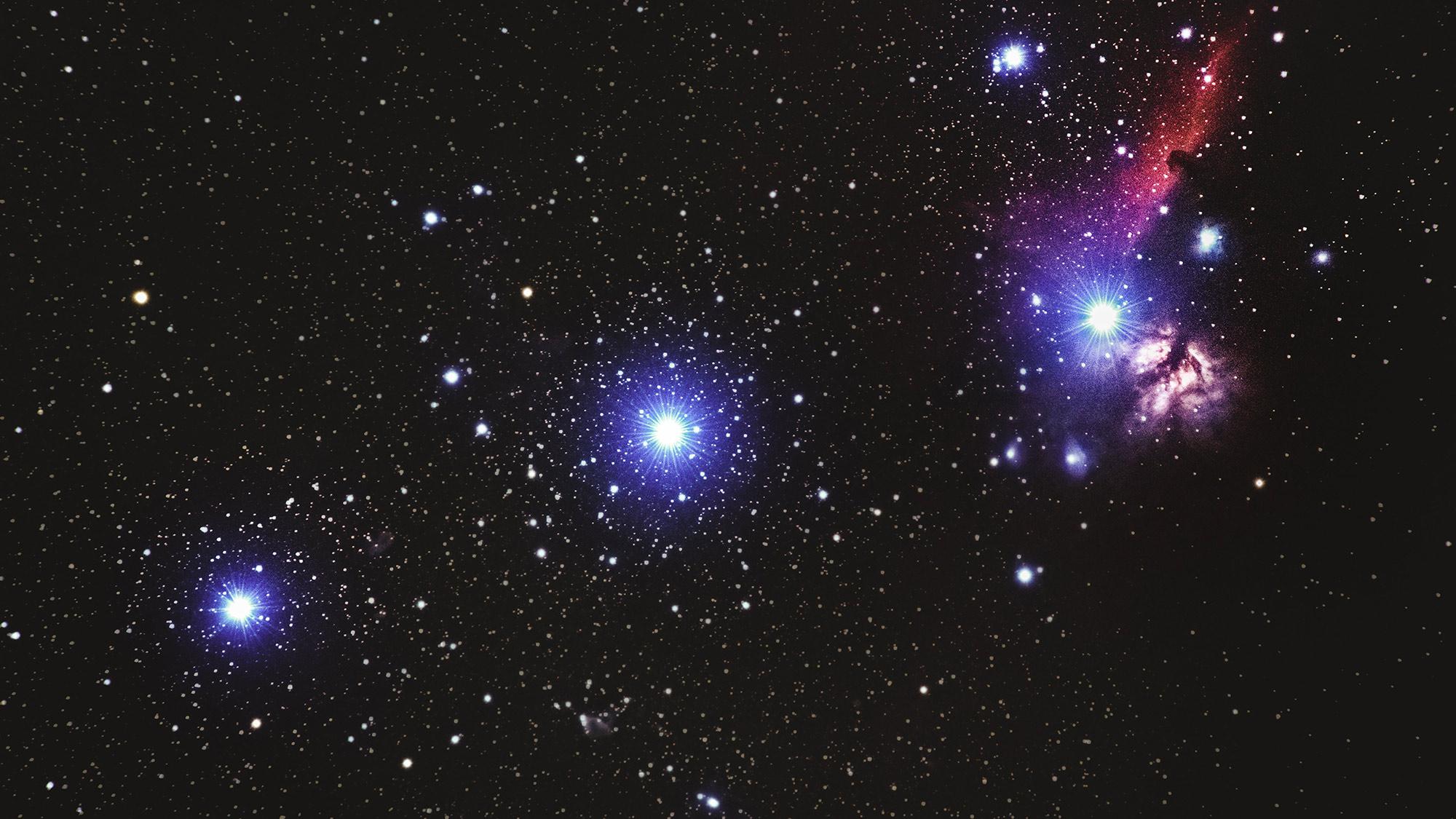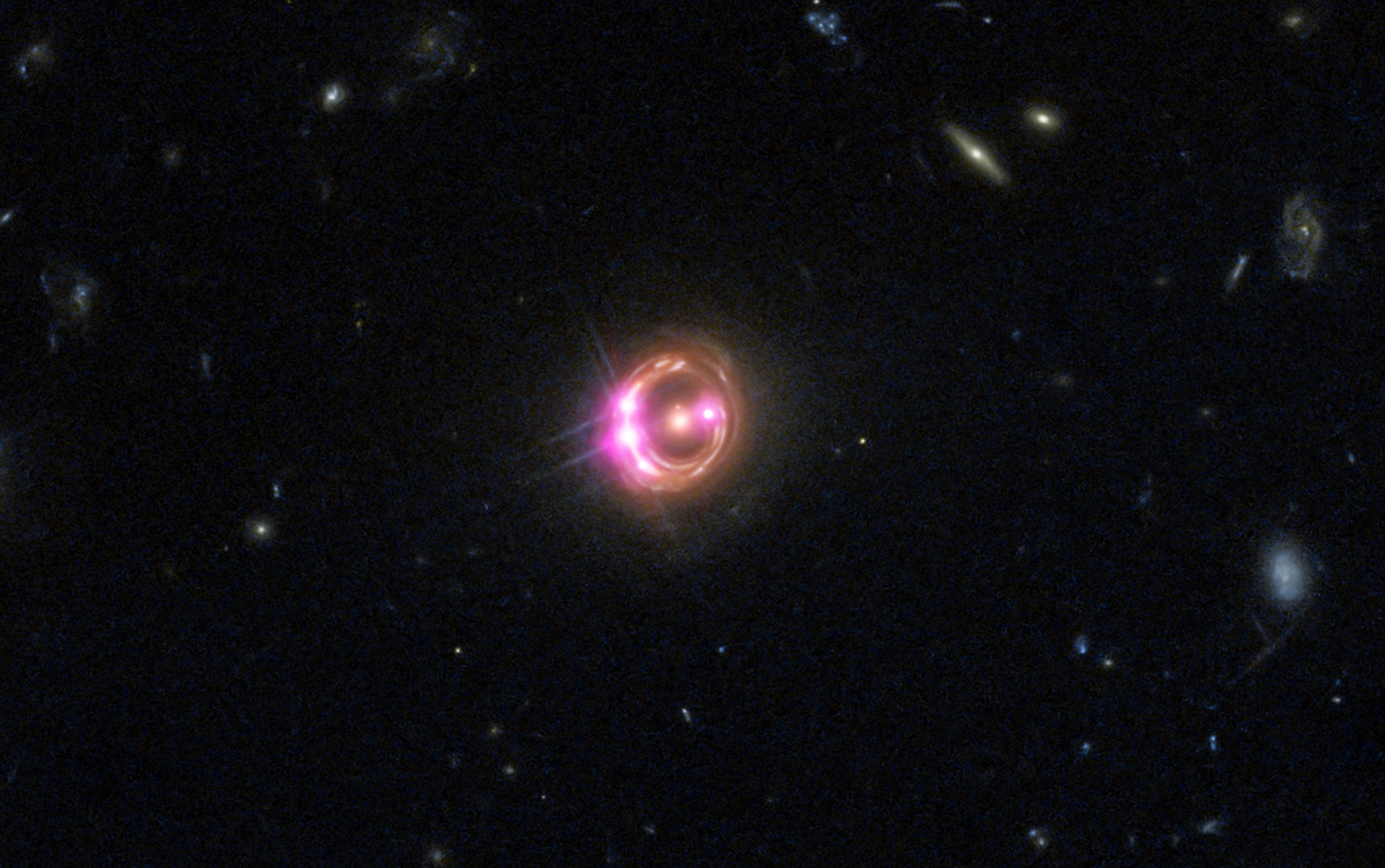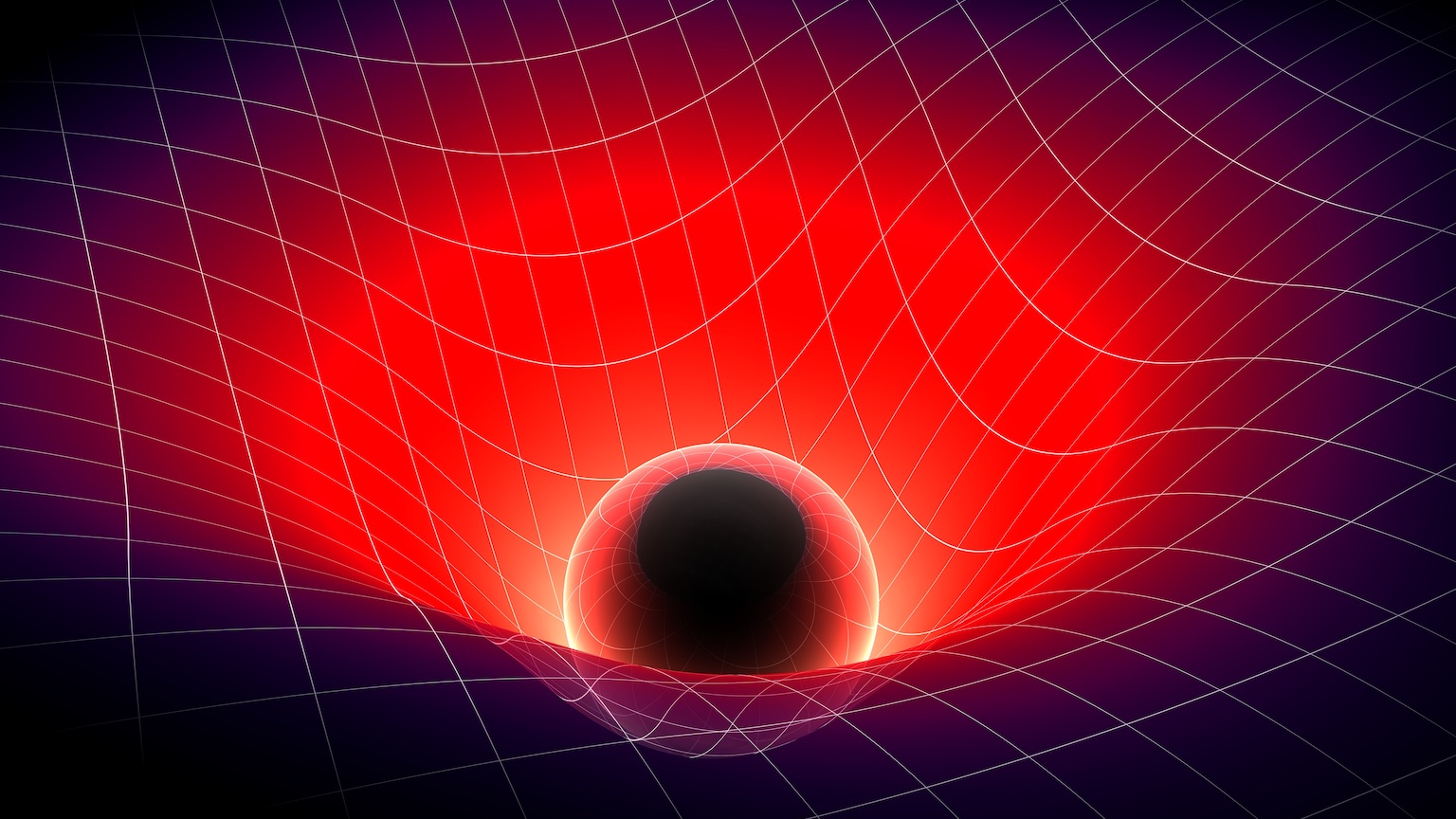Why stars never collide and galaxies always do
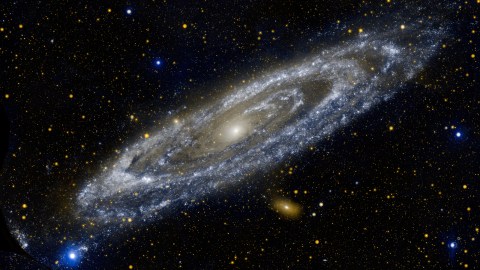
- How likely is it that things in space will collide?
- It depends on two numbers: Size and distance.
- Using just these two simple numbers, we can demonstrate why stars basically never collide while galaxies always do.
Science fiction loves space collisions. Across decades of books, movies, TV shows, and video games, we have been treated to a lot of space stuff slamming into other space stuff. Think of all those starship chases through dense asteroid fields — The Empire Strikes Back comes to mind. The heroes must avoid enemy fighters while navigating through giant space rocks that are crashing together.
In reality, though, how likely is it that things collide in the vast blackness of space? To answer that question, we are going to focus on two familiar forms of celestial bodies: stars and galaxies.
Rewrite the stars
First we need to acknowledge an astrophysical fact: Stars pretty much never collide with each other, but galaxies collide so often that it is a key feature in their evolution. So what gives? What difference between stars and galaxies sets their collisional fates? The answer is cool astronomy, but more than that, it also lets us see a potent form of simple physical reasoning at work.
One of the first things you learn in your training as a scientist is to eyeball a problem before you dive in and set up a bunch of complicated equations. This means you take a look at some of the basic properties of the stuff you’re thinking about, and see what those properties tell you. For our question about things colliding in space there are two basic properties we care about. First: How big are the things? Second: How much space is between them?
That’s it. We don’t need to care about temperatures, densities, magnetic fields, or the wavelengths of light emitted. None of that matters for a first cut at this problem. All we need are sizes and distances.
Let’s start with stars. The Sun has a diameter of about 1 billion meters, or in scientific notation, 109 meters. (“About” is relative to the order of magnitude for all the numbers we calculate.) Now that we know about how big stars are, what is the average distance between them? The closest star to the Sun is Proxima Centauri, which lies about four light-years away. That translates to more than ten million billion meters, or 1016 meters. That is much bigger than the size of the Sun.
If you divide the Sun’s radius by the distance between it and Proxima Centauri, you get 0.0000001, and this is all you need to know to understand why stars do not collide. Stars are so much smaller than the distances between them. They will basically never find each other and collide.
Galaxies are another story. Galaxies have a much wider range of sizes than stars do, but let’s use our home, the Milky Way, as a guide. The diameter of the Milky Way is about 100,000 light-years (105 light-years). And how far away is the nearest galaxy? Well, that would be Andromeda, and it is about 2.5 million light years away — about 106 light years. Now let’s do the same little calculation we did for stars. We divide the object’s size by the distance between it and its neighbor. Remember we got 0.0000001 for stars. That’s a very small number. When we do this for galaxies we get about 0.1, which makes the Milky Way about one-tenth the distance between it and Andromeda.
Unlike stars, the ratio of size and distance for galaxies is not that small. It is relatively easy for two galaxies to find each other and collide, which is exactly what’s going to happen for the Milky Way and Andromeda in about five billion years. Most galaxies undergo collisions, and the consequences can be pretty dramatic, changing not only a galaxy’s shape but also its ability to form new stars.
Other galactic considerations
There is an important caveat to this story. Stars that are born close together as binary or triple systems can merge over time. Also, in the densest parts of galaxies, where stars are crammed closely together, actual star-to-star collisions may happen once in a great while.
Again, I want to emphasize that this is just how you start to think about a problem. The next step would also consider velocities, which are important because they tell us how quickly objects cross the distances between them. We would also consider the force fields the objects interact through — in other words, gravity — since our little calculation imagined the stars or galaxies smacking directly into each other. In galaxy collisions, an individual star feels the collective gravitational effect of all the mass, including the stars, that the target galaxy holds.
But for a first cut at the problem, it is true that on average, stars never collide and galaxies always do. Best of all, to know why all you need are two numbers.
